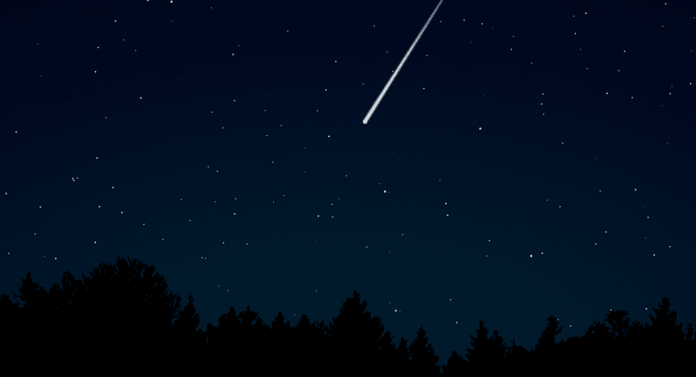The second largest explosion of its type in three decades occurred on 18th of December 2018. It was picked up by military surveillance satellites and is said to have had an impact energy of 173 kiloton joules, which is approximately tenfold the energy of an atom bomb, as reported by BBC. The meteor was roughly ten meters in size, weighed close to 1550 tons, and exploded about 25 kilometers above the Earth’s surface.

The meteor went rather unnoticed by most amateur space watchers- the reason being that it bore down the Bering Sea, the northernmost part of the Pacific Ocean, off Russia’s
That was 40 percent of the energy release of Chelyabinsk, but it was over the Bering Sea, so it didn’t have the same type of effect or show up in the news. That’s another thing we have in our defense. There’s plenty of water on the planet.
Kelly Fast
Dr. Lindley Johnson, planetary defense officer at NASA, mentioned that a fireball that big was only expected about two or three times every 100 years. She also added that it entered the atmosphere over an area close to routes used by commercial planes from North America to Asia and back. Reported sightings of the event from passengers or the pilots might provide some more insight into the explosion, and as such, researchers have been looking for these details.

Meteorologists have also taken to social media to identify purported smoke trails belonging to the meteor, picked up by Japan’s Himawari satellite.
University of Oxford meteorologist Simon Proud tweeted satellite images showing a blip in the atmosphere, saying that he was sure that it was the meteor trail.
It appears in the images at the right time, it is in the right location, the smoke column is almost vertical, and the smoke is very high. Much higher than any clouds in that region and too high to be a contrail.
Simon Proud
The search for visual confirmation is in stark contrast to the Chelyabinsk meteor, which damaged thousands of buildings and showered people with debris and shattered glass. It sent numerous fireballs crashing into the ground, was captured on CCTV, and other cameras, and was ultimately followed by a shockwave that knocked people off their feet. It is conjectured that the Chelyabinsk asteroid collided with another before hitting Earth.
Further Reading:
- Karen Uhlenbeck wins Abel Prize, thereby becoming the first woman to do so
- Astronomers Are Observing An Exoplanet Disintegrate


